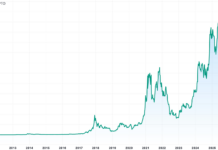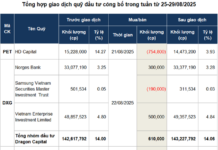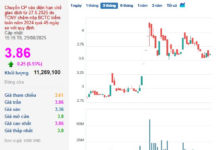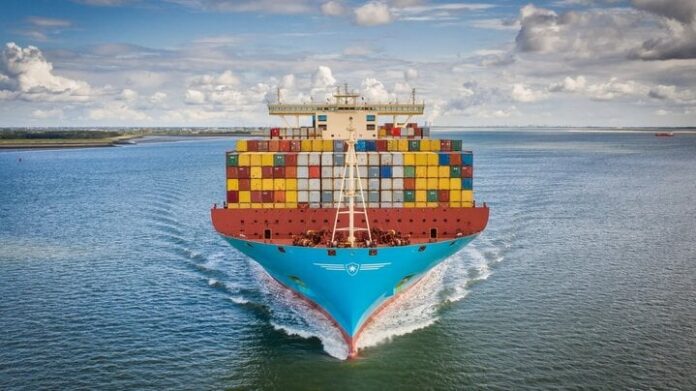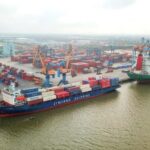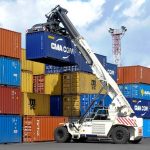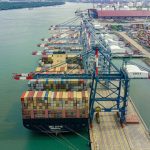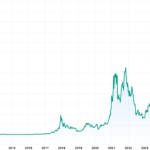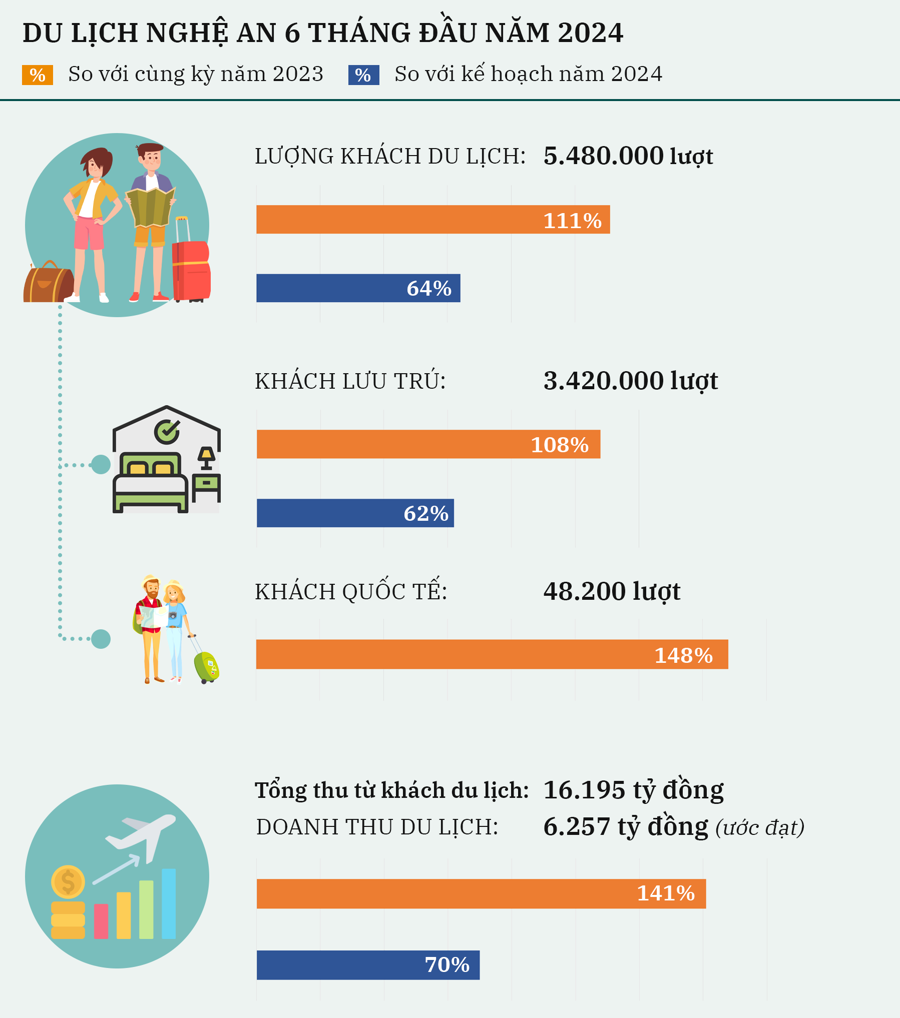Responding to VTC News, the Vietnam Maritime Administration shared that, at the end of July, freight rates had decreased across all routes, with the most significant drop observed on the Asia to US West Coast lane, witnessing a reduction of approximately 20-30%. Other trade lanes also experienced a decline of 15-25%, and this downward trend is expected to persist in the coming months.
“Currently, the rates are 44% lower compared to the peak period during the pandemic in September 2021,” the Administration revealed.
Several factors contributed to the cooling of freight rates. Firstly, port congestion in some countries has been alleviated, resulting in reduced waiting times for vessels. For instance, in Singapore, waiting times have decreased from 7-10 days to just 2 days.
Additionally, the volume of cargo from the Chinese market to the US has stabilized, leading to a rebound in the availability of vessels and empty containers.
“Due to these reasons, freight rates have plummeted within just one month, and we anticipate this downward trend to extend into the foreseeable future,” the Administration forecasted.
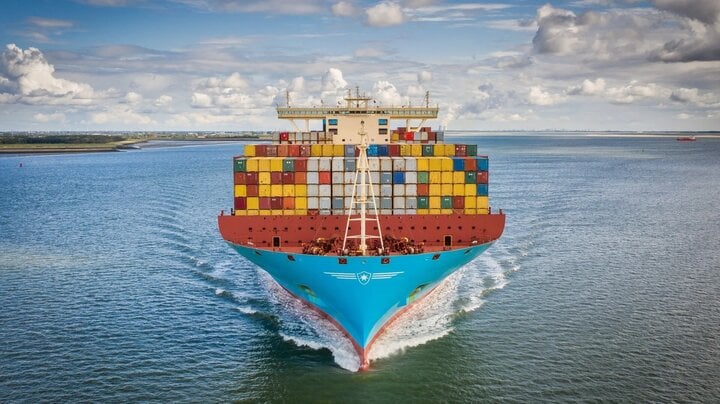
Vietnamese businesses faced challenges due to surging ocean freight rates. (Illustrative image)
Prior to this development, freight rates for import-export container cargo, especially on long-haul ocean routes, had witnessed a sharp increase since the beginning of the year.
According to Drewry’s Container Freight Rate Index, a leading maritime research center, rates for container shipping services from Asia to Europe and the Americas started climbing again in early 2024, peaking in late January.
In February, rates gradually declined, hitting their lowest point on April 25th, representing a 32% drop compared to January.
However, in May, rates began climbing once more, peaking in early July—approximately 48% higher than in January and 57% higher than the peak during the pandemic (September 2021).
The most significant increases were observed in freight rates from Asia to Europe and the US, while rates for the return journey from Europe and the Americas to Asia were only about 15-30% of the outbound rates.
What should Vietnamese enterprises do?
While ocean freight rates have eased, the Administration cautioned that the maritime market has been unpredictable in recent years, and rates remain significantly higher than in 2023. Therefore, businesses must closely monitor the situation and be prepared to adapt promptly should the market take an unfavorable turn.
Currently, ocean freight rates are directly influenced by market supply and demand. As Vietnam is an integral link in the global supply chain, its container freight rates are subject to the same fluctuations as the global market.
Notably, most Vietnamese importers and exporters do not directly bear freight costs, but the surge in rates still impacts commodity prices, compelling Vietnamese traders to adjust their buying and selling prices accordingly.
Furthermore, the majority of Vietnamese cargo is booked on a CIF (Cost, Insurance, and Freight) or FOB (Free on Board) basis, with over 80% of transactions involving foreign partners. Consequently, freight contracts and rate negotiations are typically handled by overseas partners. For the US route, only about 10% of bookings originate in Vietnam.
“Vietnamese shippers who enter into long-term contracts with carriers are usually large companies with stable import-export volumes. These long-term contracts are immune to market fluctuations, and rates remain fixed for the duration of the contract,” the Administration explained.
“Smaller shippers with inconsistent cargo volumes are directly exposed to rate volatility. Moreover, some shippers do not contract directly with carriers but instead work with forwarders who provide additional services like customs clearance, door-to-door transportation, and financial incentives like deferred payments. As a result, these small shippers bear the brunt of rate fluctuations,” they added.
Hence, the Administration advised Vietnamese enterprises to pursue long-term contracts with foreign partners to mitigate the impact of rate fluctuations. Industry associations should guide their member companies’ production activities and consolidate cargo volumes to negotiate long-term, stable contracts with carriers, thereby reducing risks associated with rate volatility.
Addressing the issue of empty container shortages, the Administration assured that they had conducted inspections and monitored rates, surcharges, and the empty container market involving shipping lines. “The shipping lines confirmed that there was no shortage of empty containers in the Vietnamese market, even during the period of high rates. They also committed to supplying empty containers to meet the rising demand for containerized cargo,” the Administration stated.
Foreign shipping company introduces multiple types of cargo surcharges at the port
Shipping companies are currently imposing around 10 different surcharges on cargo at the ports, with prices determined solely by the shipping companies themselves without any agreement with the customers.

















